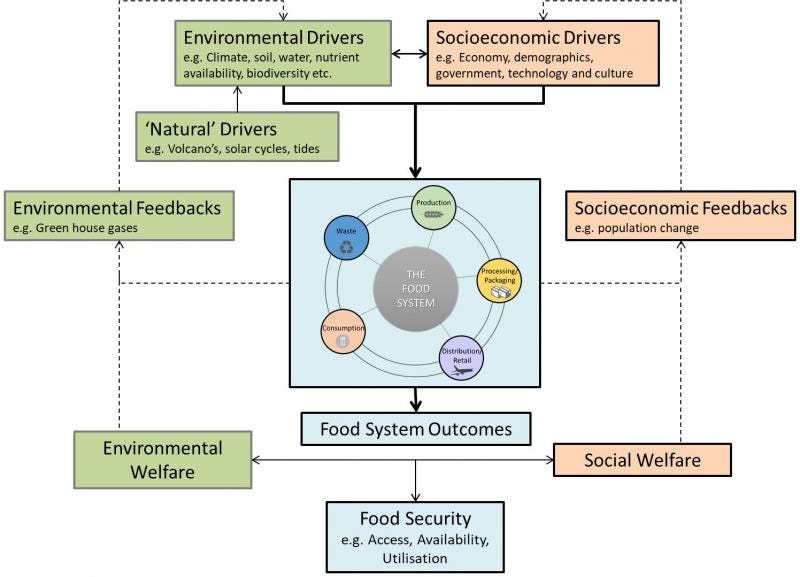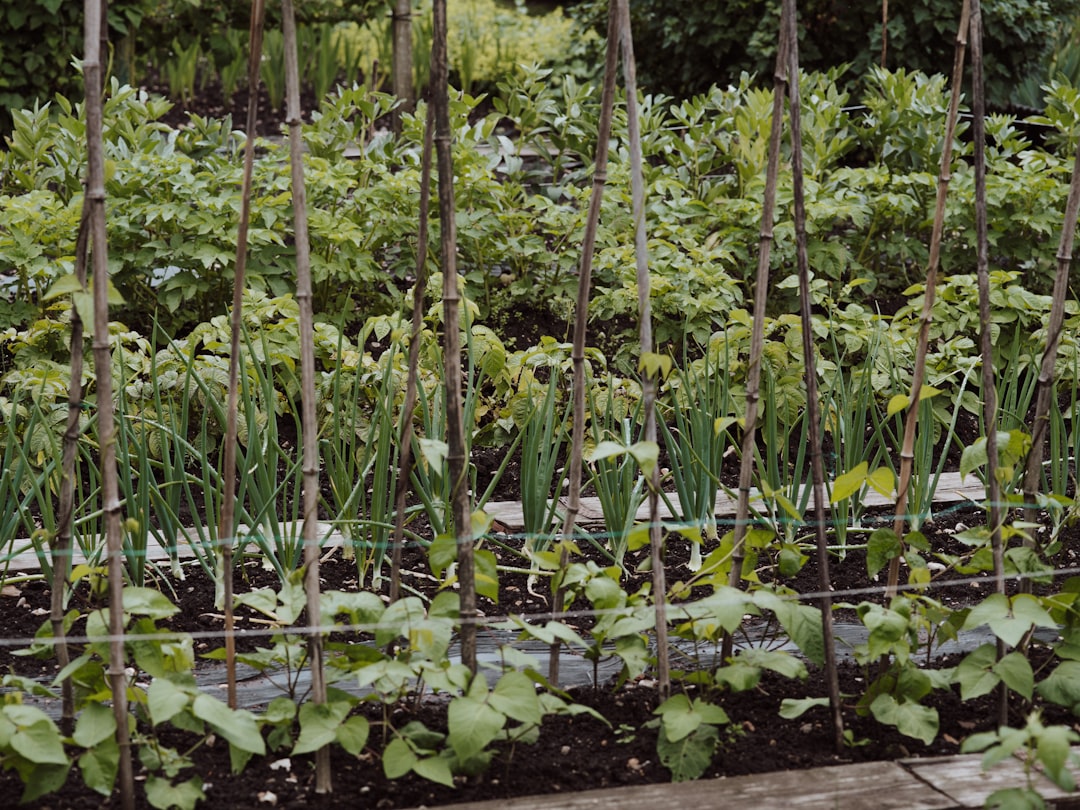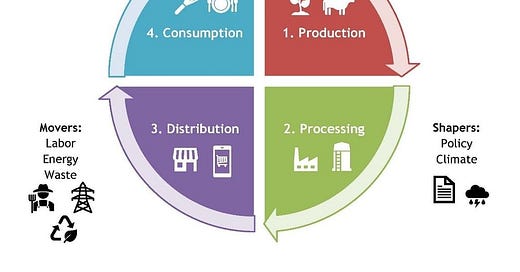
I am challenging myself to write my truth and also play with the writing in my Food Crumbs’ articles. Hopefully, this will mean that they are more fun to read and more fun for me to write.
I am, to put it mildly, upset about the recent mass shootings and police brutality. Austin Channing Brown reminded me in a recent Instagram post that if we are serious about ending racism and changing the world to the better, our work must be “rooted in the unrelenting pursuit of justice”.
My writing shall reflect my determination to ensure we have a food system centering equity so it is safe, resilient, sustainable, and healthy. Thus, my work in food systems and food safety shall be rooted in the unrelenting support of justice.
What are Food Systems?
I didn’t have a simple answer because food systems are nebulous and what they are depends on your perspective. For example, a farmer is going to have different expectations than a consumer, and a consumer who lives in a city has a different food system to the someone in the suburbs.
Using the same definition of a food system helps us understand each other when we are discussing the issues influencing the food system. However, there are many definitions of and ideas about the food system. For example, Frank Yiannas, FDA Deputy Commissioner for Food Policy and Response, recently described the food system like it was a computer system. A network of farms and food facilities. I had an amusing few minutes of considering how we can press a few buttons on our computers and have food arriving ready and hot on a plate, like opening a file on my computer.
A network isn’t exactly how I think about food systems and this means that when I talk with people who do, I would need to make sure we were seeing the same food system. Otherwise we are probably not discussing the same issues.
The definition I prefer comes from Future Food at Oxford:
“The food system is a complex web of activities involving the production, processing, transport, and consumption. Issues concerning the food system include the governance and economics of food production, its sustainability, the degree to which we waste food, how food production affects the natural environment and the impact of food on individual and population health.”
This definition covers the four activity areas and the factors that influence those areas and what food we eat. Not mentioned in this definition is the different scales the food system exists which span from global to local.

One way to understand the food system is to represent it as a schematic. This is called mapping. The challenge with mapping a food system is to avoid making it too complicated. For example, a global food system that includes every input and every output would soon get impossible to understand.
If we have narrow our focus too much, we may miss important factors. An example is mapping a local system without considering packaging, which often comes from out of state.
Confusion Between Food Supply Chain and Food System
There is confusion between the food system and the food supply chain. The supply chain is part of the food system, it doesn’t represent the complete picture of the food system. The areas of activity are interconnected both in the food supply chain and in the food system and it is helpful to understand how our food travels from farm to table.
The supply chain explains the how of the journey not the why. To understand the full implications of science and policy on food distribution, we use food systems.
Centering Equity
We cannot have a safe food system if:
The workers harvesting and preparing out food are not safe;
The animals we raise to eat are not safe;
Our farms and factories are polluting our planet;
Biodiversity is decreasing;
The food we eat is causing chronic illness.
To root our food system in the unrelenting pursuit of justice, I believe we must center social justice and food sovereignty in the food system. Science and policy are the processes of tying the food system to food sovereignty and justice.
To explain further, equity is the freedom from bias or favoritism, particularly freedom from racial bias, which requires the unrelenting pursuit of justice to ensure this freedom occurs.
Justice is the concept of fairness. Social justice is fairness as it manifests in society including policies and actions to provide fairness in healthcare, employment, housing, etc. In the food system, justice is represented by healthy food access as a human right and addressing the structural barriers to that right.
Food Sovereignty is a term defined by La Via Campesina and they define food sovereignty:
“as the right of peoples to healthy and culturally appropriate food produced through ecologically sound and sustainable methods, and their right to define their own food and agriculture systems. It puts the aspirations and needs of those who produce, distribute and consume food at the heart of food systems and policies rather than the demands of markets and corporations.”
Using these definitions, to center equity in the food system, I imagine bean poles of social justice and food sovereignty reaching out from the soil to the sky. The food system twists and turns around the poles, anchored to the ground and the poles by ties of science, technology and policy. The soil is feeds the food system to form a backbone of social justice and food sovereignty. We need to make sure that the policies we support, and the science we do, are centering equity, justice, and food sovereignty.

These are rudimentary ideas; the beginning of a thought and a work in progress. I would love any ideas or criticism of these to help me grow and continue my unrelenting pursuit of justice.
If you have questions about this post, or stories to share about your exploration of food systems, equity and/or justice, let me know in the comments.
Who Writes Food Crumbs?
Cathy Davies runs a food safety consultancy, Food Safety Mid Atlantic, supporting specialty food businesses with their food safety plans and programs. If you are interested in learning more about my consulting services, please schedule a free call.
Please subscribe to Food Crumbs today, if you haven’t already.






A lot to chew on! I would be interested in a post that explores distinguishing racism from classism in food systems.